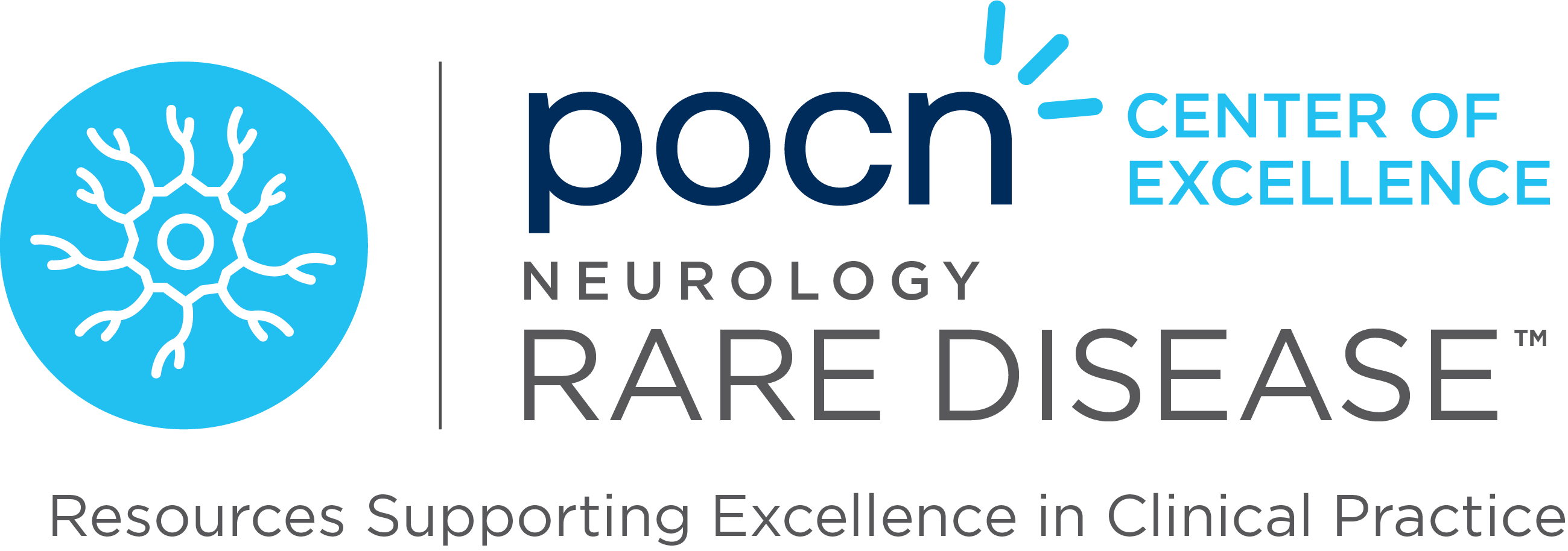Hereditary transthyretin (ATTRv) amyloidosis is a rare, fatal disease caused by mutations in the transthyretin (TTR) gene. The disease presents with a mixed phenotype of polyneuropathy and cardiomyopathy, severely impacting patients’ quality of life and physical functioning. Early diagnosis and treatment are crucial, as the disease progresses rapidly, often leading to poor outcomes. However, in the U.S., diagnosing ATTRv amyloidosis can be challenging due to the variability in symptoms and lack of specific guidelines, resulting in delayed treatment for many patients.
To address these challenges, a group of US neurologists convened to develop recommendations for improving disease recognition, diagnosis, monitoring, and treatment. Their guidelines emphasize the importance of early intervention with disease-modifying therapies, such as TTR gene silencers, which have shown clinical benefits in stabilizing or improving symptoms. Despite these advancements, there are still gaps in evidence regarding the management of asymptomatic patients, treatment response, and emerging central nervous system and ocular manifestations in long-term survivors. Ongoing research and clinical trials are essential to refine these recommendations and improve outcomes for patients with ATTRv amyloidosis.
Reference: Karam C, Mauermann ML, Gonzalez-Duarte A, et al. Diagnosis and treatment of hereditary transthyretin amyloidosis with polyneuropathy in the United States: Recommendations from a panel of experts. Muscle Nerve. 2024 Mar;69(3):273-287. doi: 10.1002/mus.28026. Epub 2024 Jan 4. PMID: 38174864.


